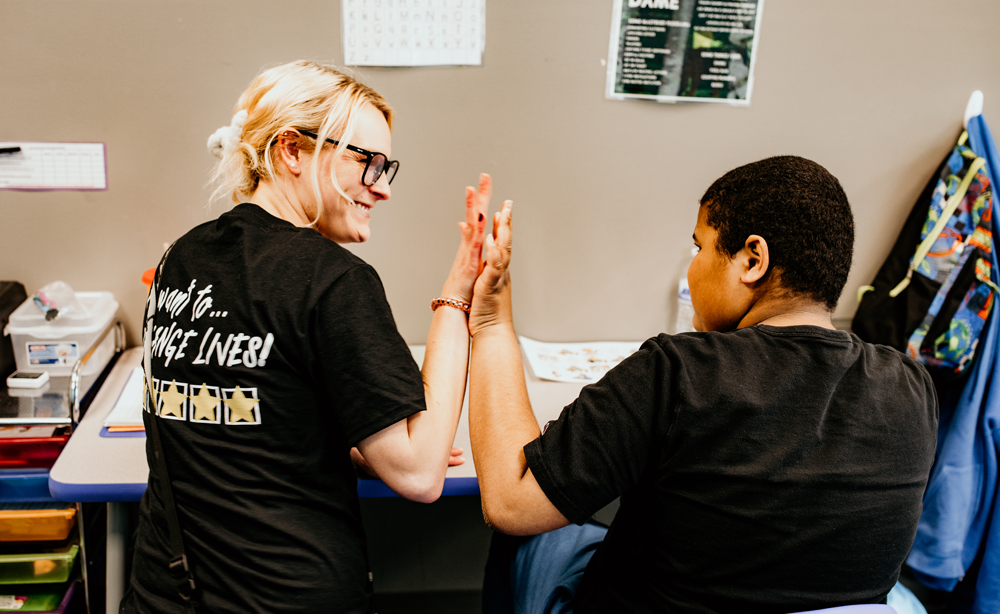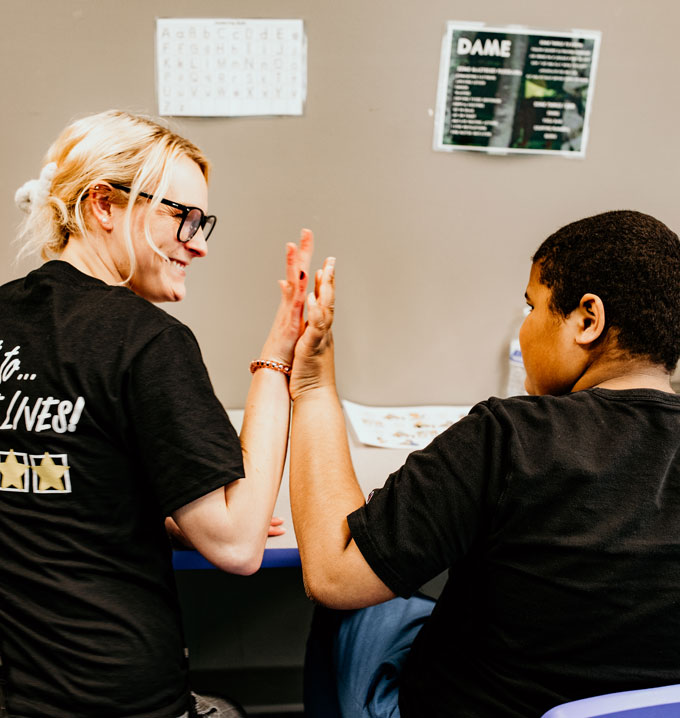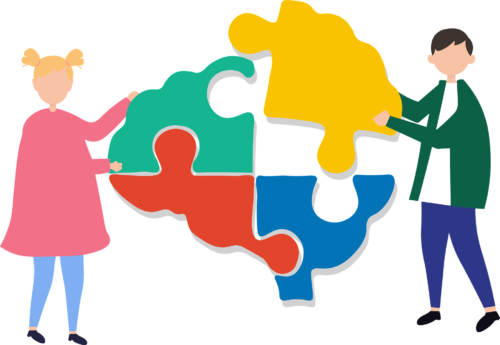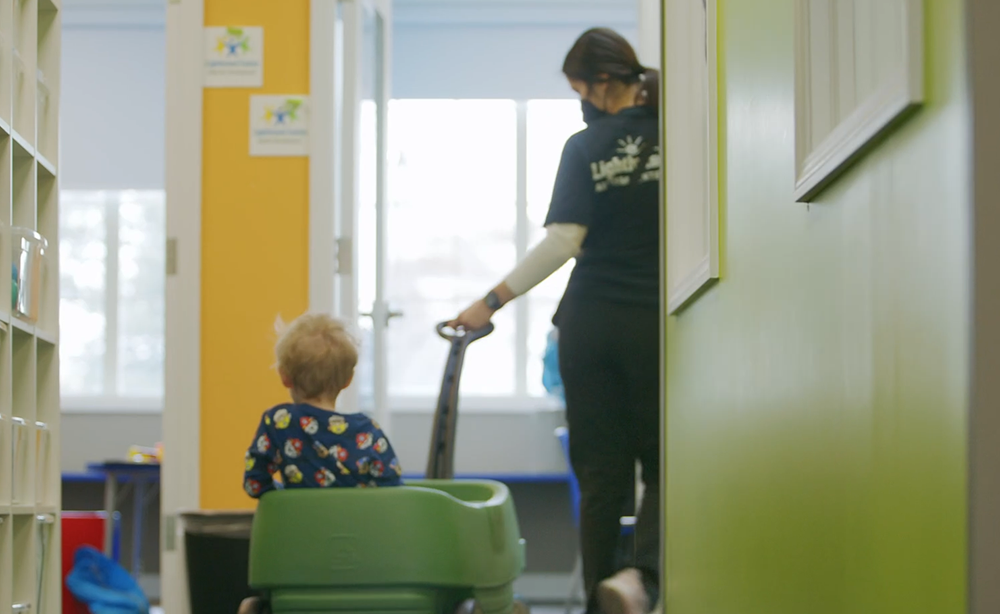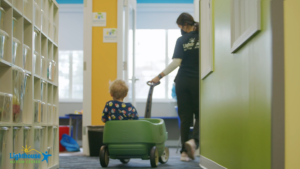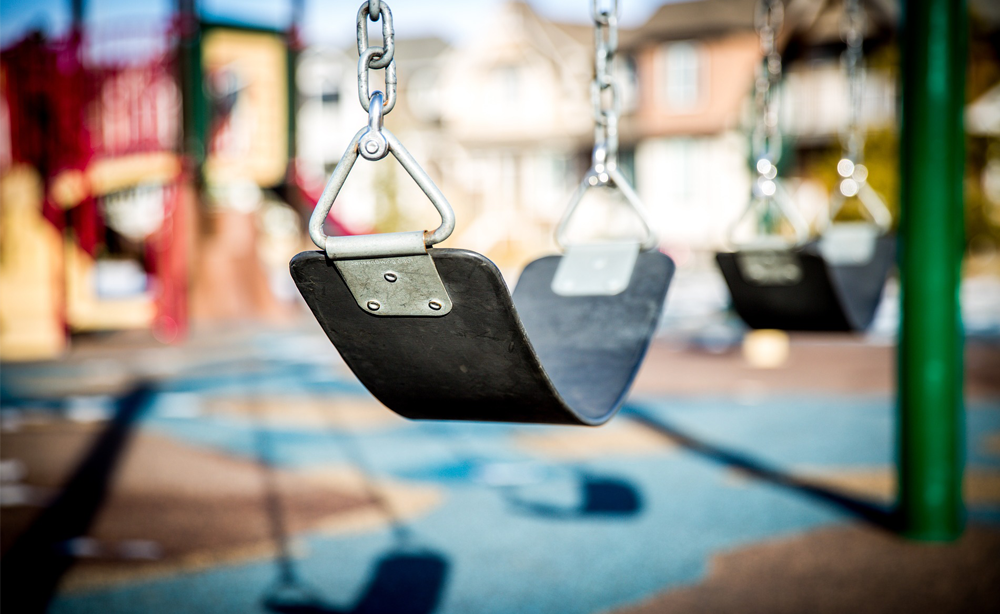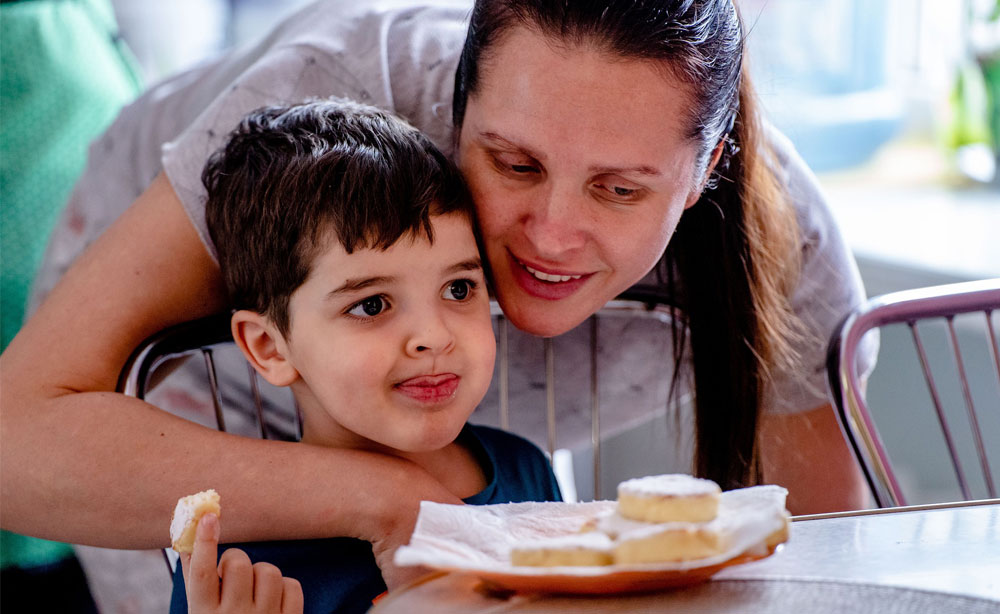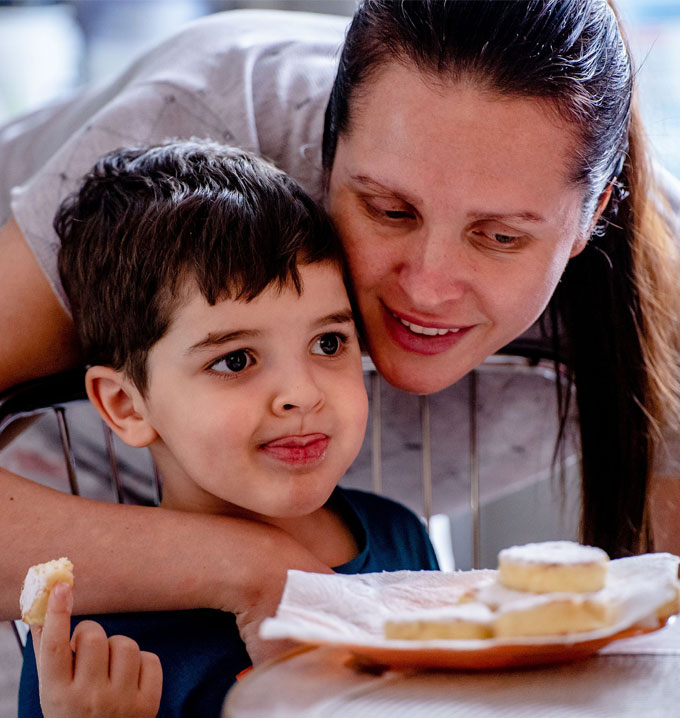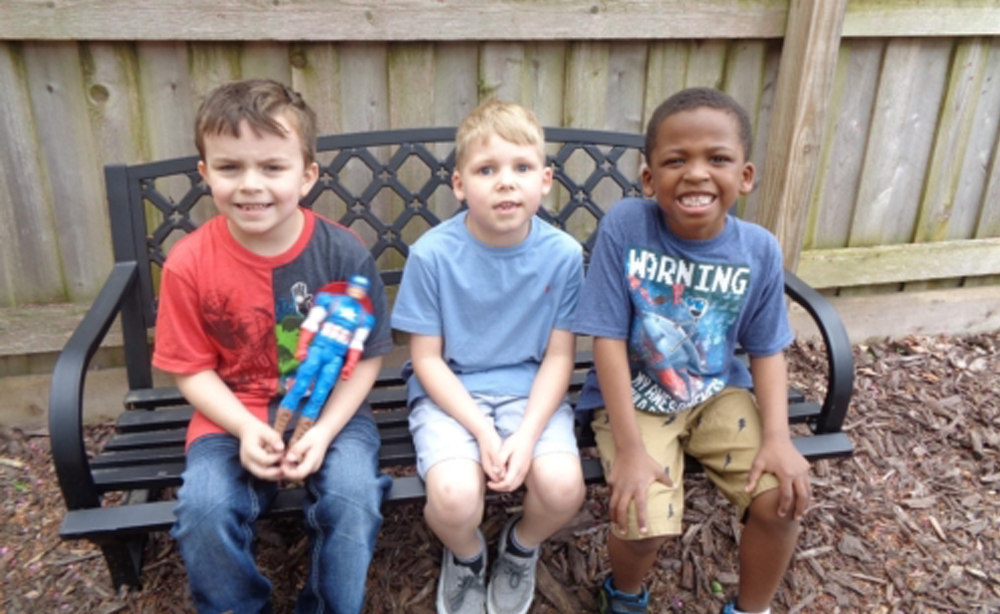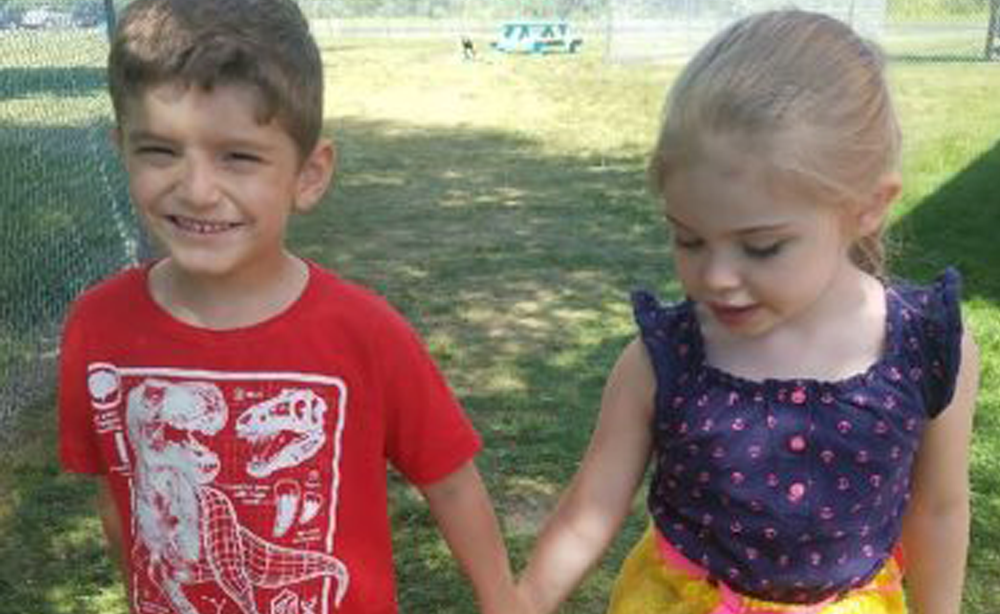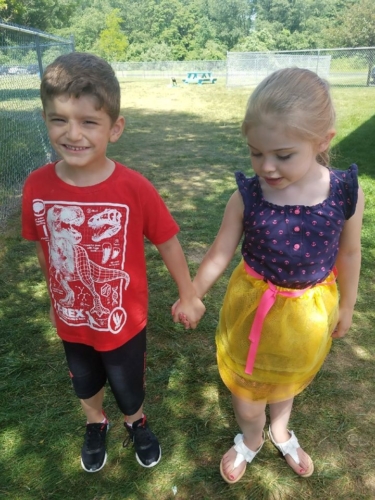An autism diagnosis does not just affect the individual diagnosed, but the family, caregivers, and friends that interact with that individual or child. It is often challenging to find other people who understand what you are going through, or the daily challenges you may face caring for someone with autism. These top autism podcasts provide information as well as practical experiences of those who live, work and interact with those who have autism.
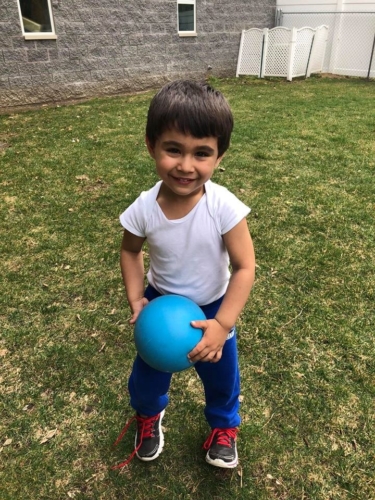
Joyriding in Autismland: Autism Podcast with Kid Gigawatt
“Launched by parents of an infectiously funny and mostly happy boy on the spectrum, the Joyriding in Autismland podcast chats with ASD parents, kiddos, therapists, writers, and artists about the unexpected, charming, and funny moments with Autism. Because laughing is the best vacation.”
Listen here: https://player.fm/series/joyriding-in-autismland-autism-podcast-with-kid-gigawatt
All Autism Talk
“Connecting the Autism Community One Podcast at a Time — Our podcast offers a friendly conversation with inspiring individuals in the autism community. Our aim is to provide valuable insights and information as well as access to support in communities throughout the United States. Join us!”
Listen here: https://player.fm/series/all-autism-talk
Autism Spectrum Radio
“Our show offers a great weekly conversation to inspire, inform and support families and individuals living with autism. We offer practical information for parents of children of all ages. The show explores treatment topics and recent research. We have a variety of guests to share their expertise, experience and resources.” Spectrum is leading the way on autism’s hottest research topics, so it comes as no surprise that their podcast is just as educational and intriguing as their other media. You can listen to it on Spotify. Check this one out for frequent summaries on the newest studies and opinion pieces related to autism.
Listen here: https://player.fm/series/autism-spectrum-radio-1243634
Early Identification of Developmental Delays in Children – Dr. Sharief Taraman
Dr. Sharief Taraman is a neurologist at Children’s Health of Orange County (CHOC). In this episode, he discusses how diagnostic screening can help identify developmental delays in children. Early identification and diagnosis, he says, can help families get the right treatment right away.
The Role of Genetics in Autism, Explained
Wendy Chung, MD, PhD, director of clinical research at the Simons Foundation Autism Research Foundation, works as a molecular geneticist and physician and is something of a genetic detective who traces an individual’s symptoms to a particular genetic anomaly. In this podcast, she breaks down what we know about the causes of autism.
Autism Resource Mom – Autism Support and Information from the Best Expert, a Mom
A mother’s intuition and drive to advocate for her kids can make her the best expert when it comes to her child’s care. That’s something Debora Smith understands to the core. She’s raising a son on the autism spectrum, and she founded Autism Resource Mom, a nonprofit organization that helps families navigate the complex world of autism. Listen in to find out how she’s turned her passion into helping others.
Medical Insurance for Autism Treatment – Understanding the Changing Landscape
Will your health insurance cover your child’s autism treatment? In this podcast, Amy Weinstock, Director of the Autism Insurance Resource Center at the University of Massachusetts, breaks down tools that can help families find out whether they are covered.
All Autism Talk
“Connecting the Autism Community One Podcast at a Time” Our podcast offers a friendly conversation with inspiring individuals in the autism community. Our aim is to provide valuable insights and information as well as access to support in communities throughout the United States. Join us! Know an inspiring group or individual we should talk to? We would love to hear from you at allautismtalk@learnbehavioral.com
Listen here: https://player.fm/series/all-autism-talk




